

|
The NIV Study Bible says "The great deceiver (Satan) clothed himself as a serpent, one of God's good creatures. He insinuated a falsehood and portrayed rebellion as clever, but essentially innocent, self-interest." The account goes on, both in the Bible and many commentaries but few of them say what the serpent actually looked like. Did it have arms and legs and a human-like head? Well, no one actually knows but a number of scholars say, "yes, it probably did" because the Bible does, in fact, go on to say that God cursed the serpent and said to it that now "you will crawl on your belly and grovel in the dust," which presumably it had not done before.
There is a wonderful web site and blog by Dr. Karl Shuker that discusses this in detail and has scores of excellent illustrations: Eve Serpent Web Site. Another good site is by Max Dashu called Serpent Goddess. So on this site, all I am going to do is presnet a cross section of illustrations in chronological order (there are literally hundreds) and offer the observation that history sometimes repeats itself.
What do I mean by that? Simply that the earliest illustrations that we have recorded from the late 1200s for the next 300+ years mostly depict the serpent as having some human-like characteristics with a head, sometimes arms and legs, and even wings. This continues until the Reformation in the 1500s when all-of-a-sudden the serpent turns into a snake-like serpent and the human features disappear. One might ask then, why did God say "On your belly will you go, and dust you will eat, all the days of your life?" What changed? Obviously, interpretations of the Bible changed in the Reformation, but this seems unrelated. Okay, I don't know why it happened, but all of a sudden the serpent with arms, legs, and a head turned iinto a snake. Also, right from the start, some of the illustrations show just Eve with the serpent, which seems true to Genesis 3, but most of them show Adam too. I don't know why.
Ah, but what happened next? Gradually, in the early 2000s a few artists (not all, by any means) started again portraying the original serpent as having human characteristics—arms, hands, legs, and a human-like head. Wow, what do ya know? Draw your own conclusions, but here are the iamges. Click on any image for the largest I have.
I am not making this a blog or posting on-line comments because over the years I have gotten just too much abuse and spam. Sorry. You're welsome to send me e-amil at swapmeetdave@aol.com and I'll answer what I can.
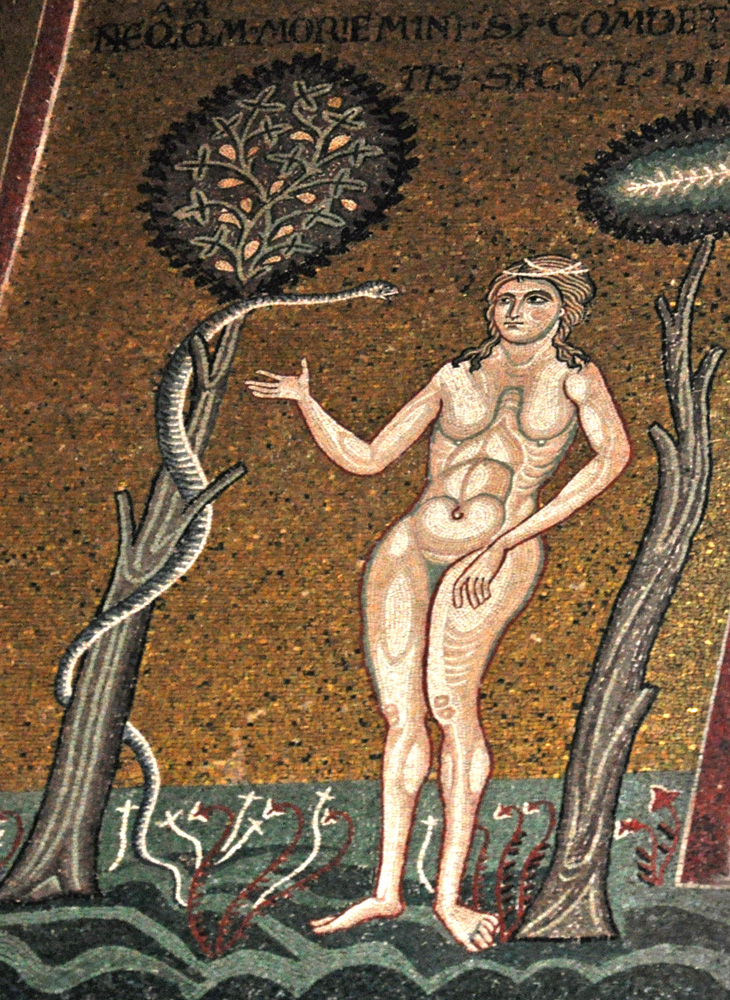
1200 - Mosaic in the Cathedral of the Assumption, Monreale, Sicily
The inscription quotes from the serpent's words in Genesis 3:4b-5a, Nequaquam morte
moriemini. Scit enim Deus quod in quocumque die comederitis ex eo, aperientur oculi
vestri et eritis sicut dii, "Ye shall not surely die; for God doth know that in the day ye
eat thereof, then your eyes shall be opened, and ye shall be as gods."
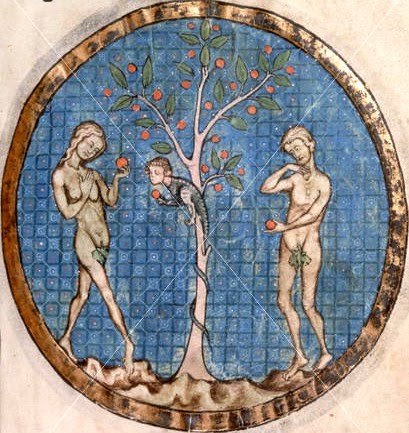
1280 - Medallion image by Benjamin the Scribe, Hebrew text
of a Missal from the North of France
.jpg)
1325 - La lumiere as lais (The Welles Apocalypse)
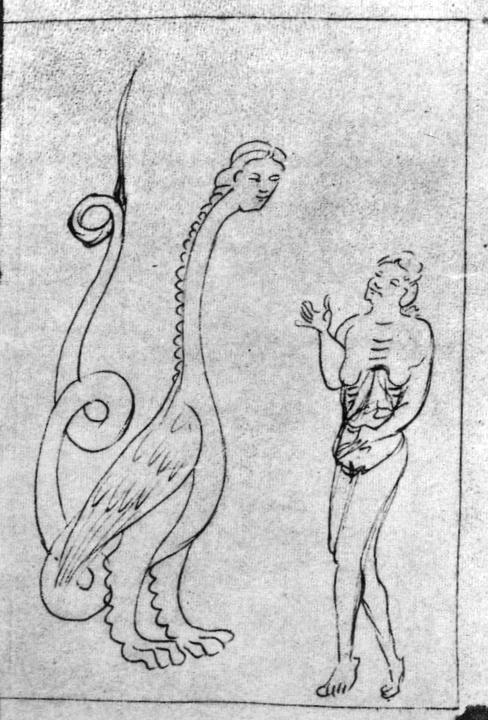
1350 - Speculum of Human Salvation - Selestat Monastery
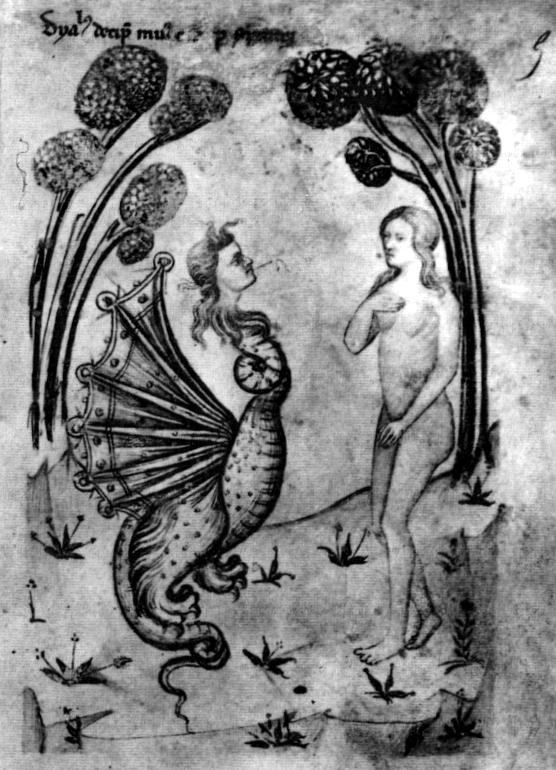
1380 - Speculum of Human Salvation - Italy
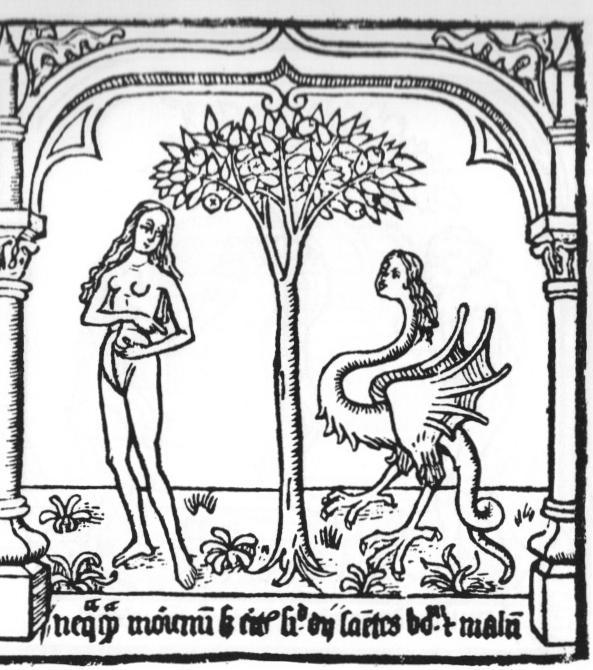
1390 - Speculum of Human Salvation - Woodcut based on Douay-Rheima Bible
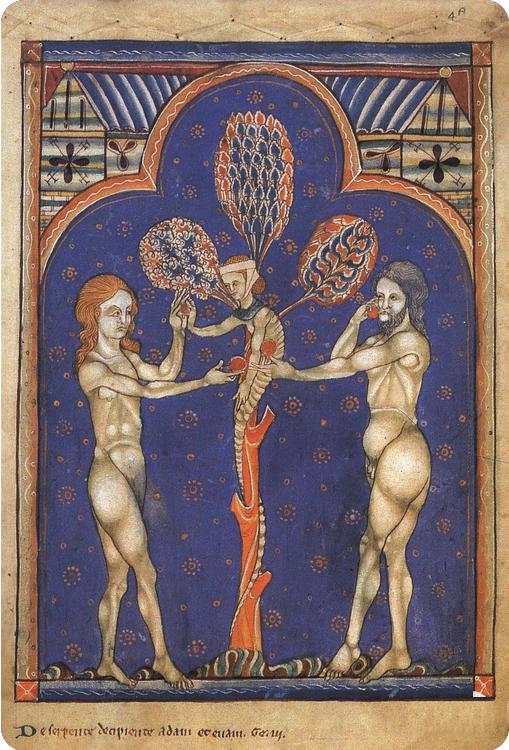
1395 - Serpent with feminine head - Now at St John's College, Univ of Cambridge
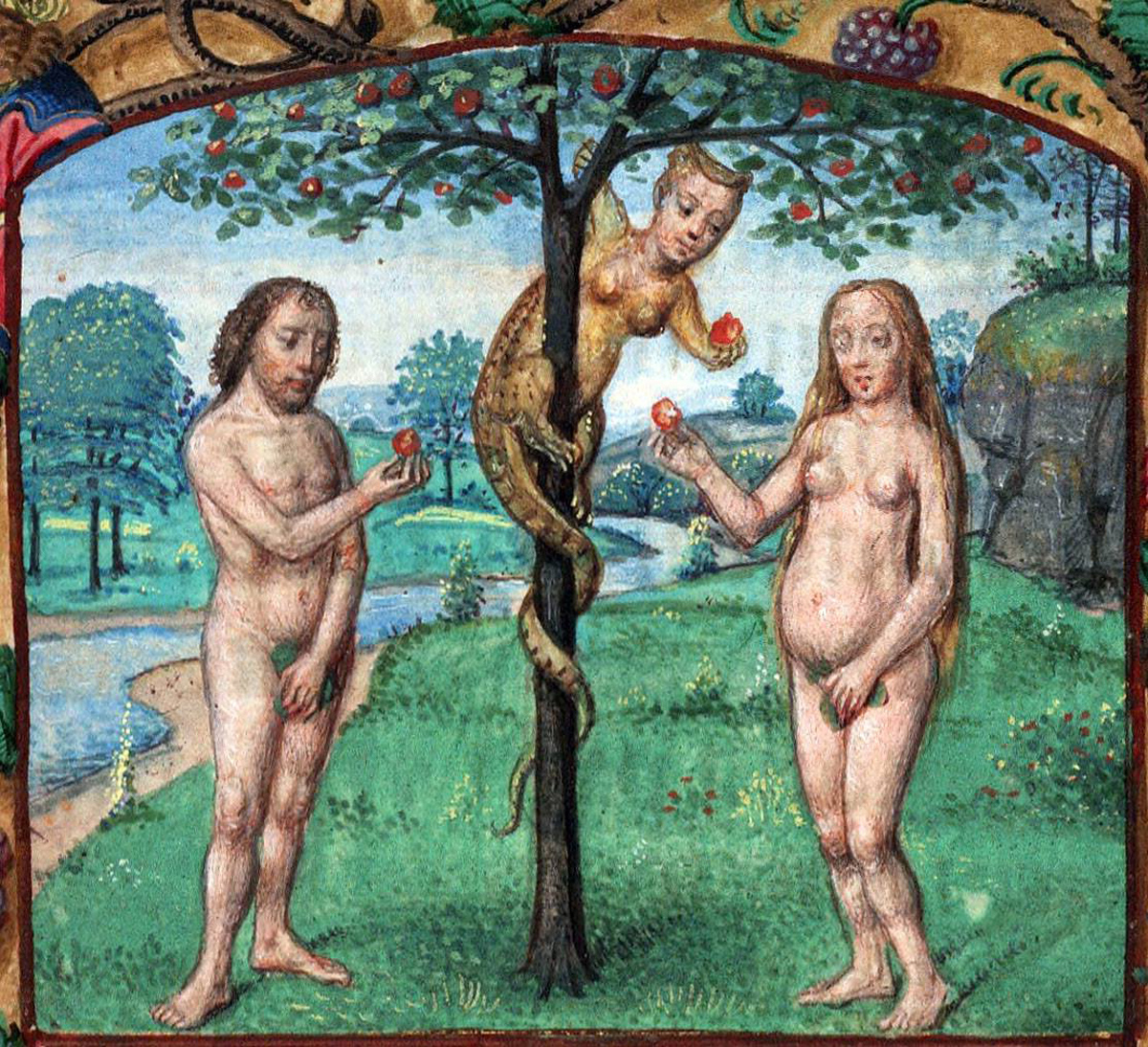
1400 - Belgian Book of Hours from Bruges or Ghent
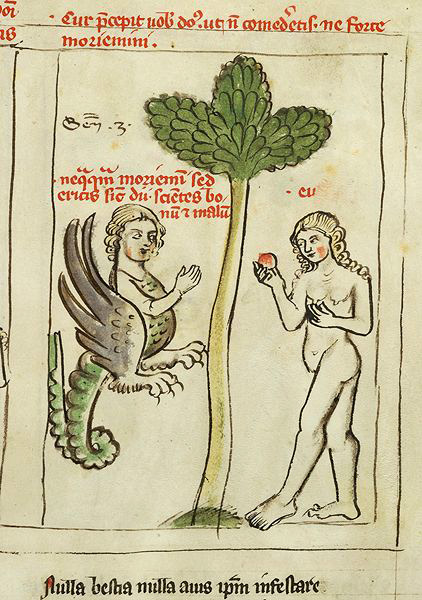
1400 - Somewhat crude illustration from a Speculum of Human Salvation
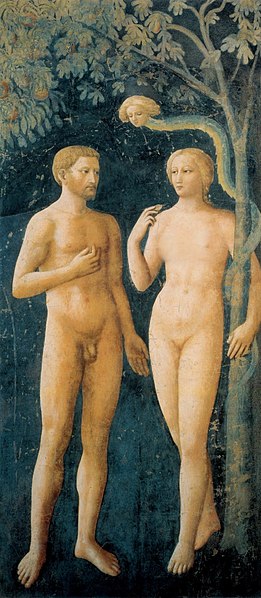
1425 - Masolino da Panicale
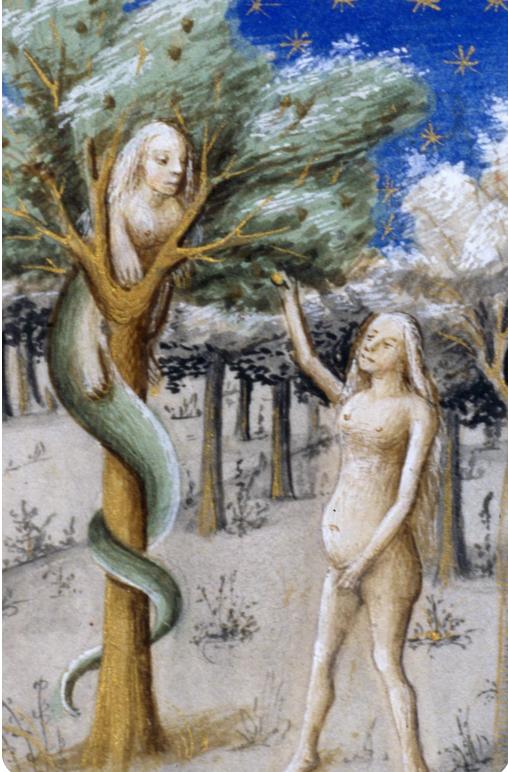
1455 - From “The Mirror of Human Salvation.”
Produced in Flanders. Now at Newberry Library, Chicago.
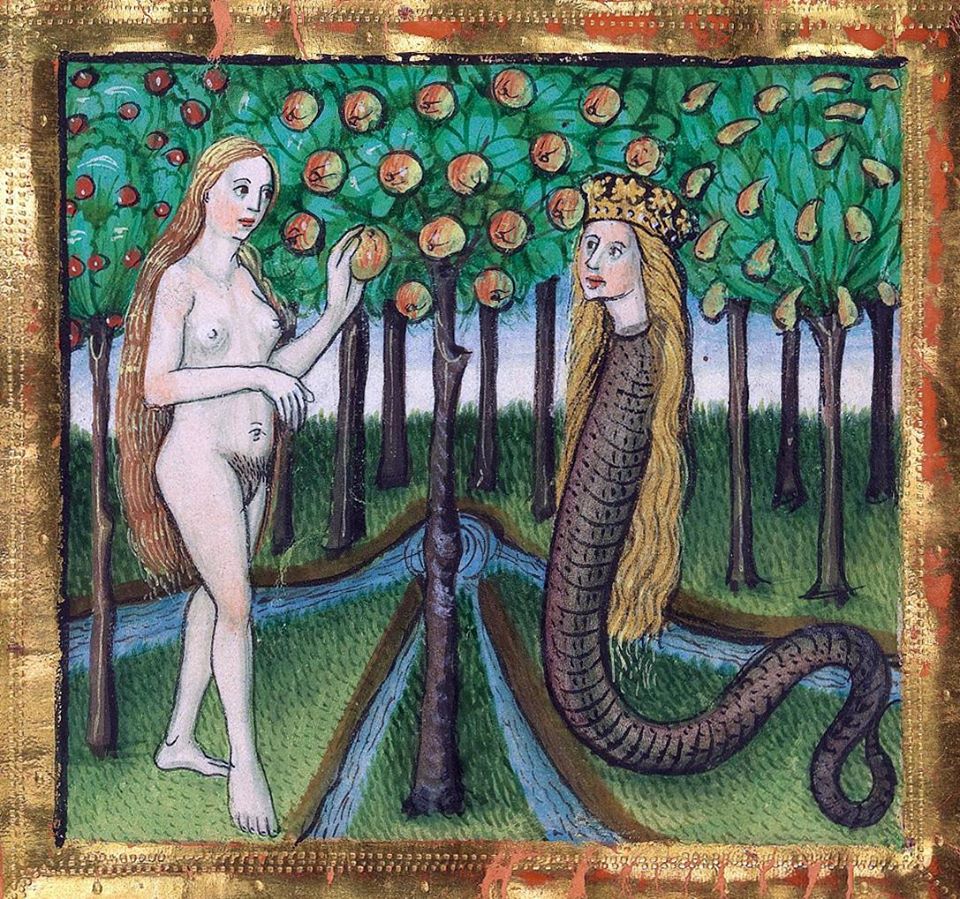
1465 - Furtmeyr Bible, Regensburg, Munich
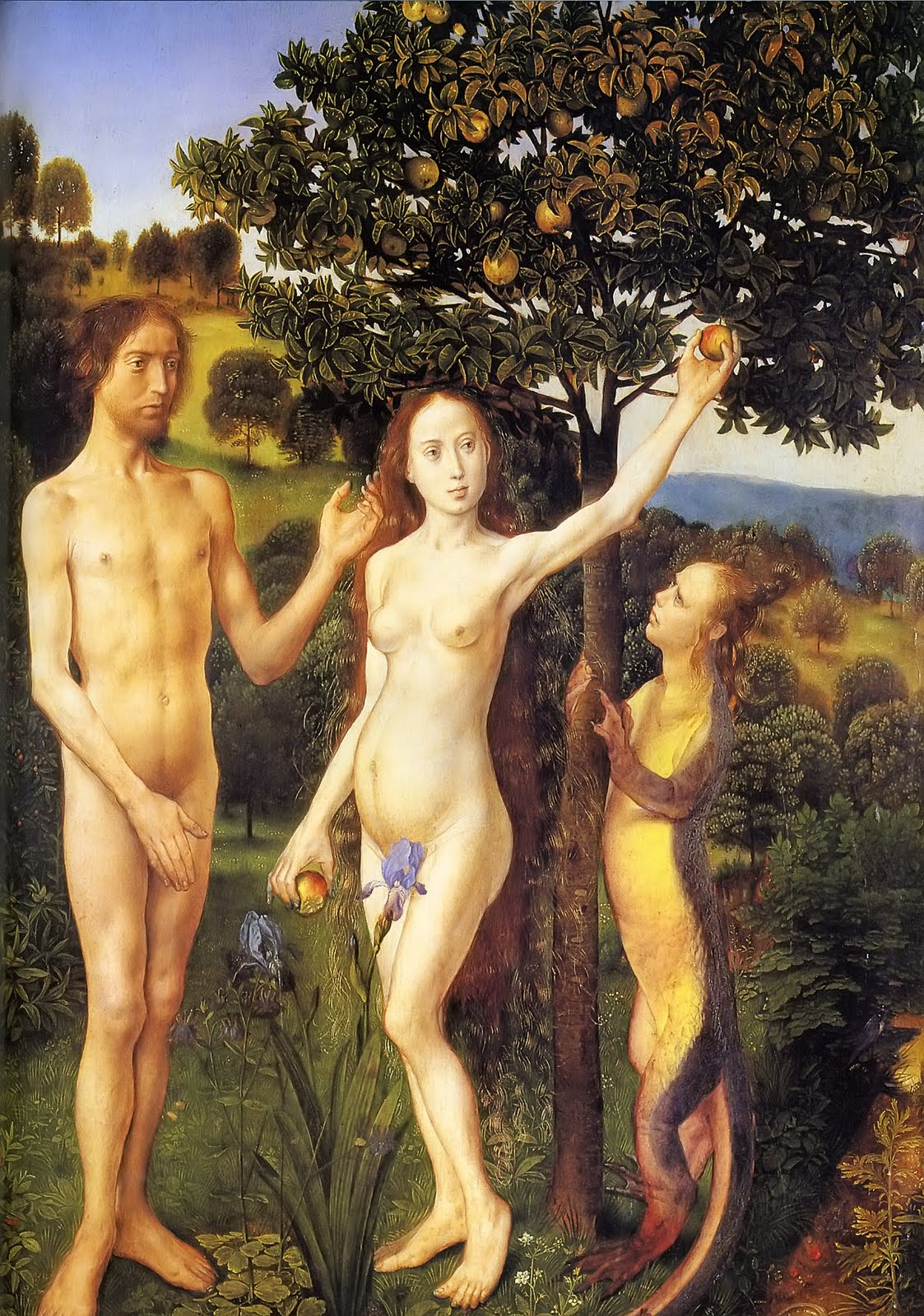
1470 - Painting by Hugo van der Goes
 |
 1473 - Saint Augustin, La Cité de Dieu Full page (left) - Adam & Eve (right) Close up of serpent (below) |

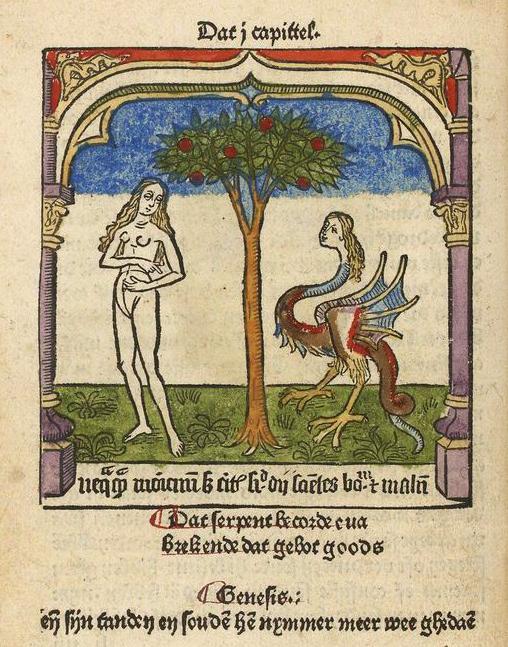
1483 - Woodcut by Johann Veldener Culemborg - Netherlands
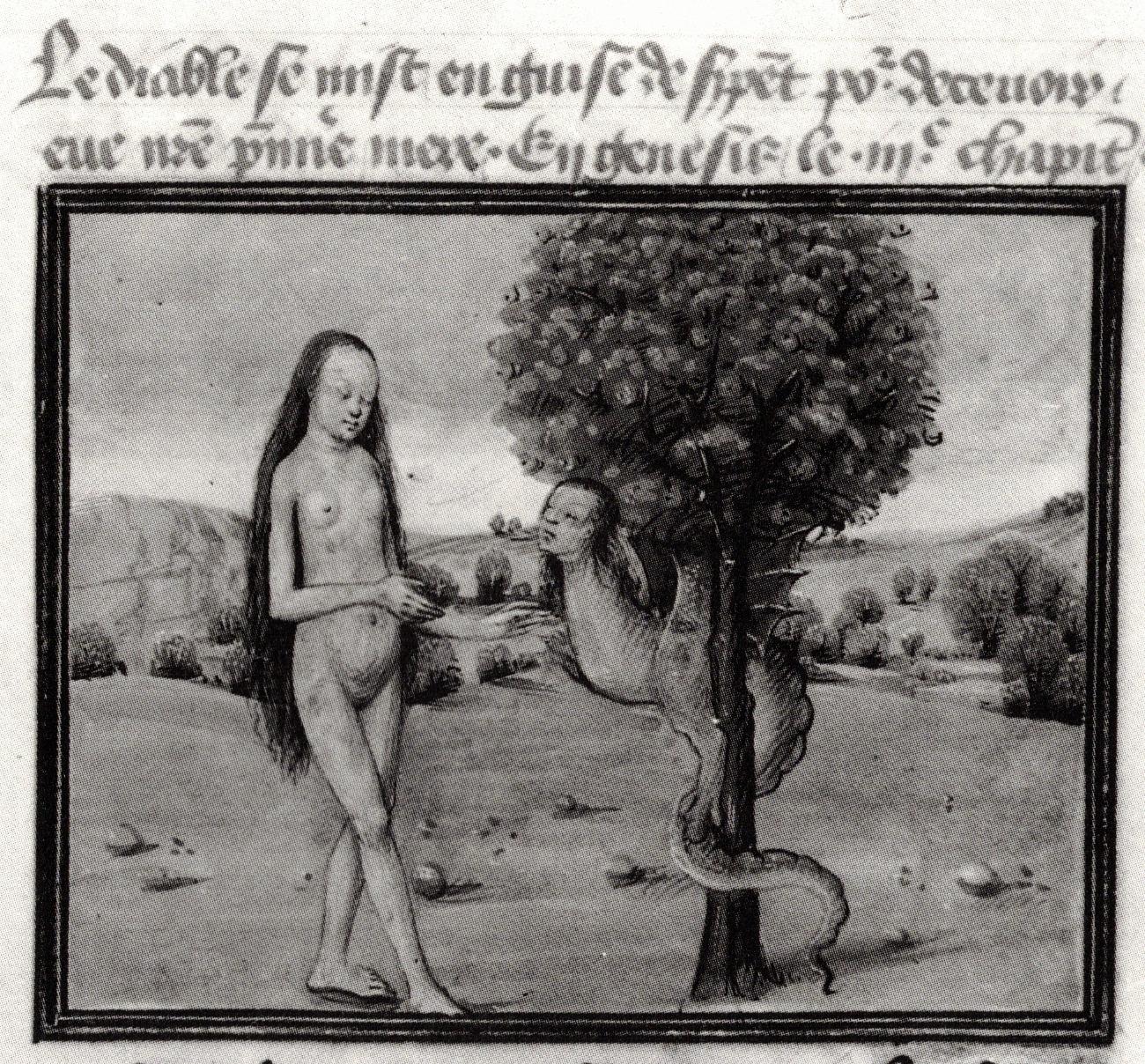
1490 - Speculum of Human Salvation - Flemish
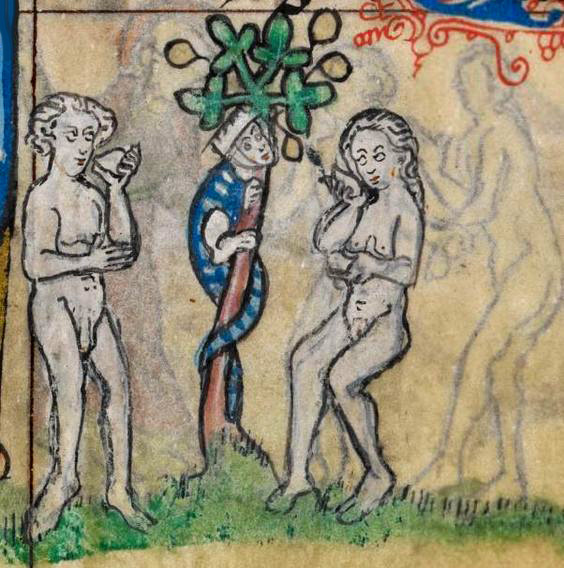
1500 - Maastricht - Book of Hours
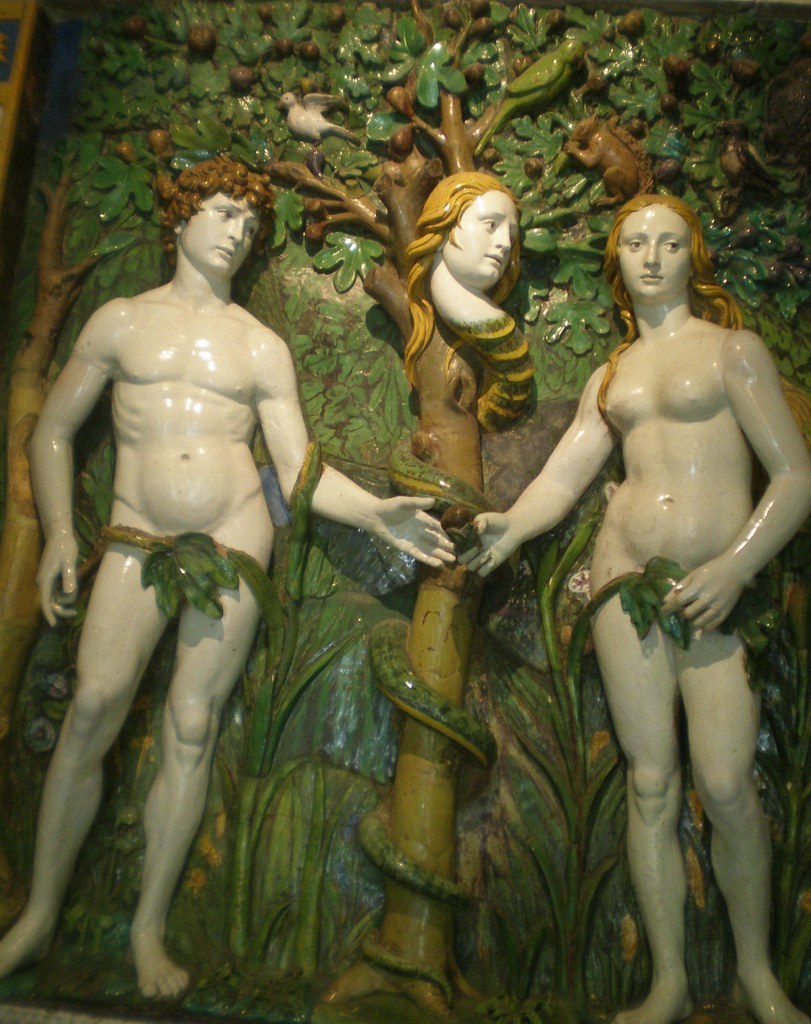
1515 - Sculpture by Della Robbis
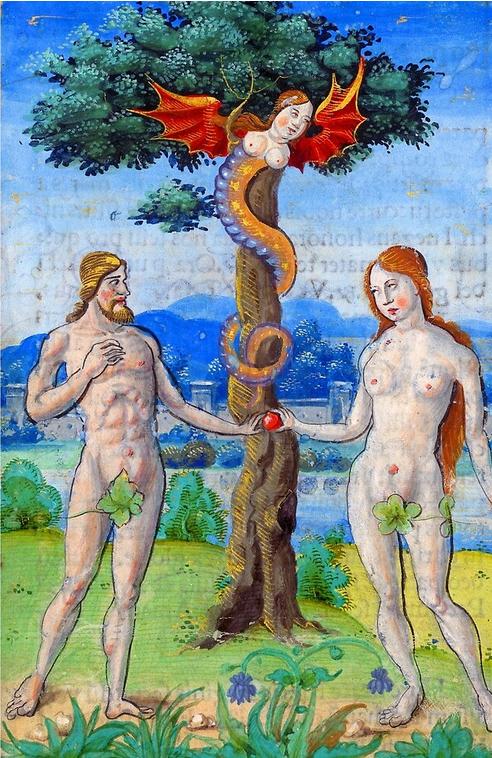
1522 - Late Medieval
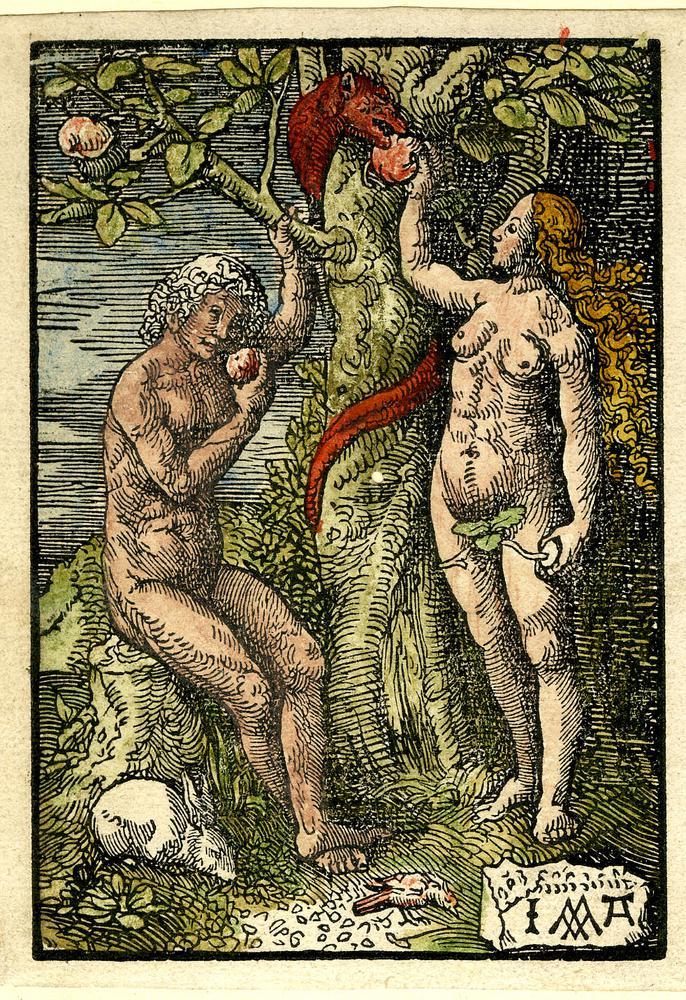
1523 - Woodcut by Jacob Cornelisz van Oostsanen
Some serpents started to look more like actual serpents from now on.
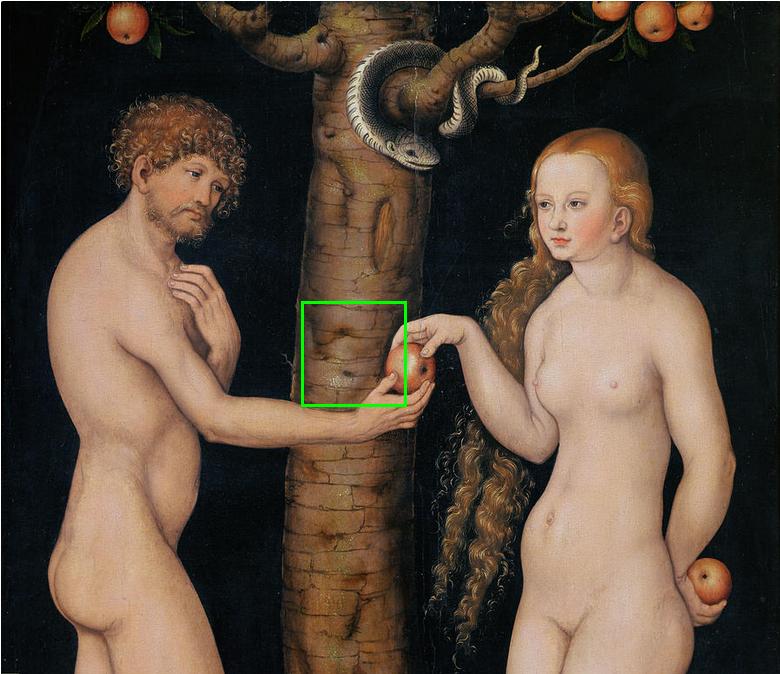
1525 - Painting "Original Sin" by Lucas Cranach rhe Elder. Over the years,
Cranach painted scores of Adam, Eve, the serpent, and the Graden of Eden themes.
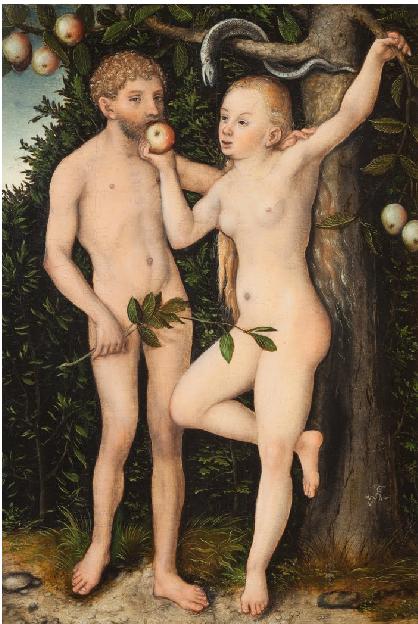
1538 - Painting "Original Sin" by Lucas Cranach rhe Elder from a
Cistercian monastery in Osek near Duchcov. Now in the National Gallery Prague.
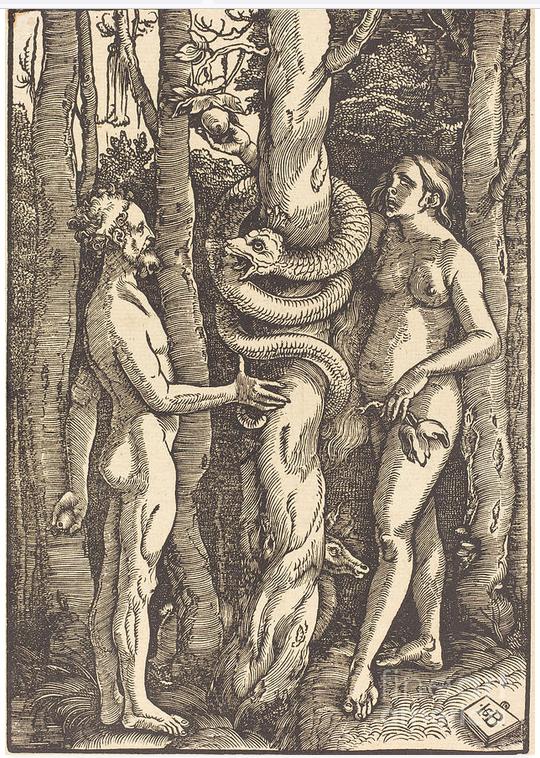
1528 - Etching by Hans Baldung Grien

1530 - Painting by Hans Baldung Grien with serpent representing Satan.
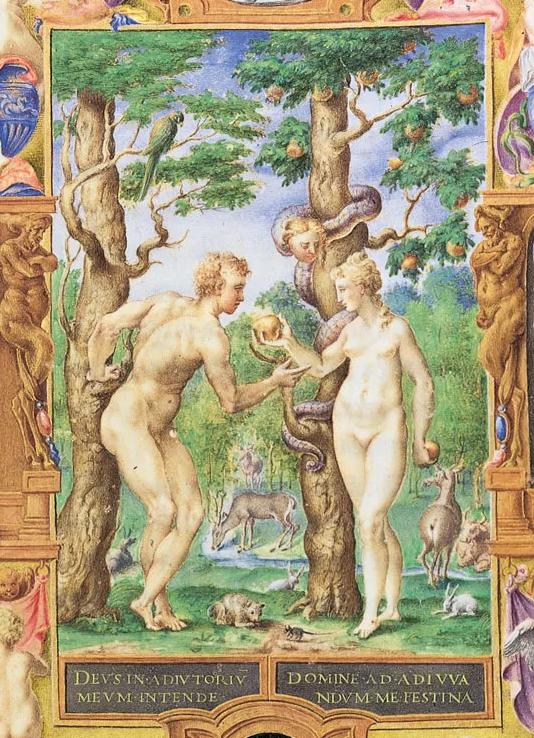
1546 - Giulio Clovio from the Book of Hours of Cardinal Alessandro Farnese

1580 - École Italienne, Florentine
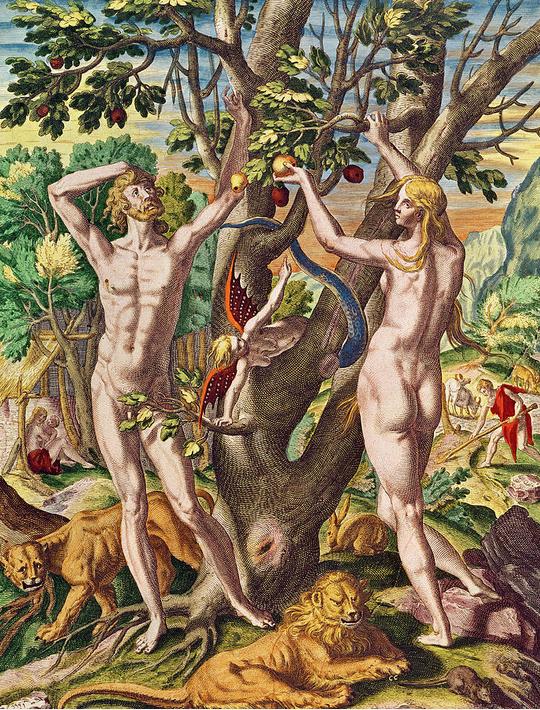
1634 - Serpent Goddess by Theodore de Bry
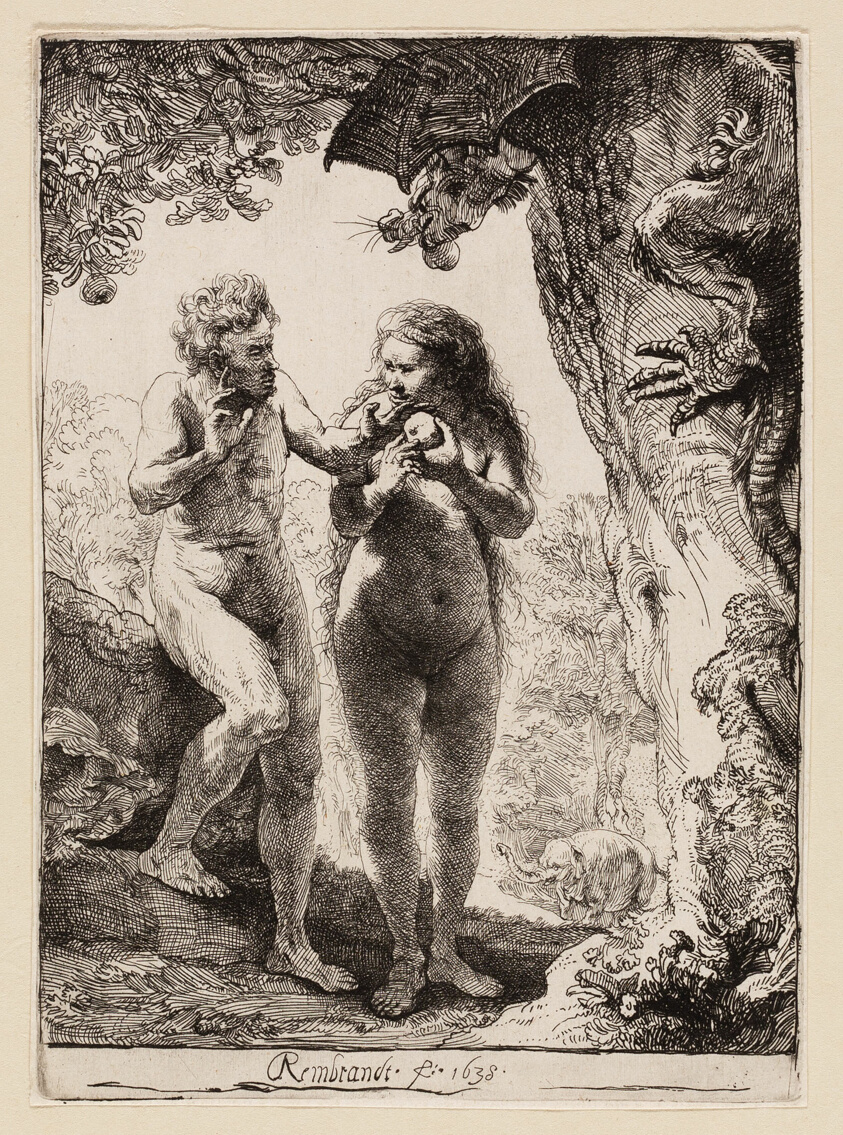
1638 - Etching by Rembrandt van Rijn, Art Institute of Chicago
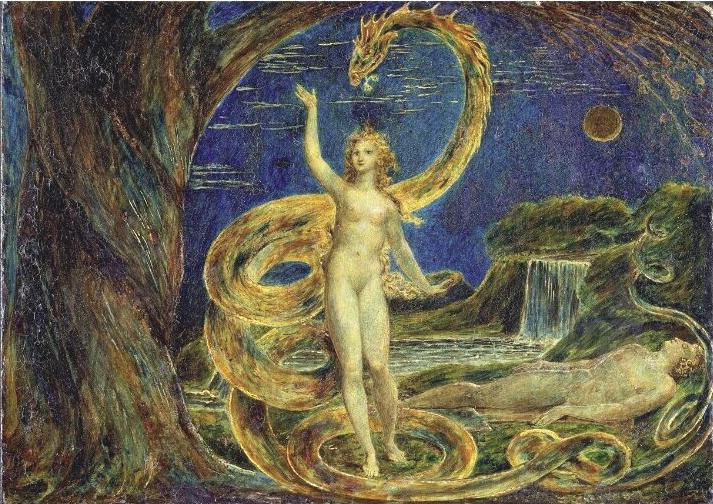
1800 - Painting by William Blake at Victoria and Albert Museum, London.
Note Adam lying on his back and sleeping at the right.
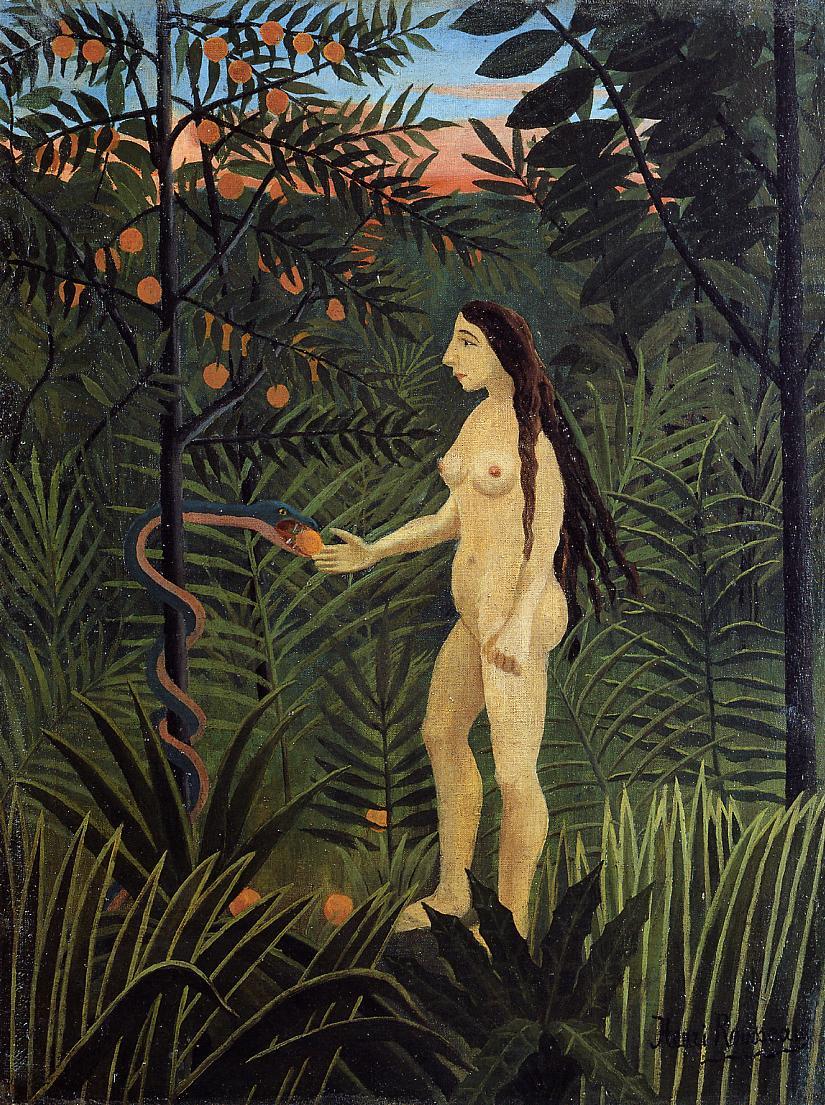
1907 - Painting by Henri Rosseau: Eve and the Serpent
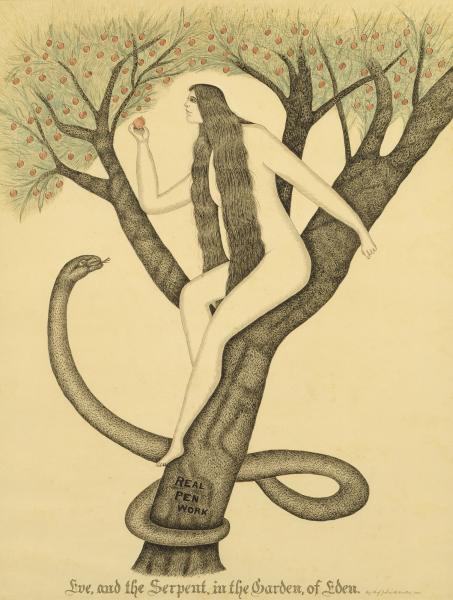
1916 - "Eve and the Serpent in the Garden of Eden" by John H Coates
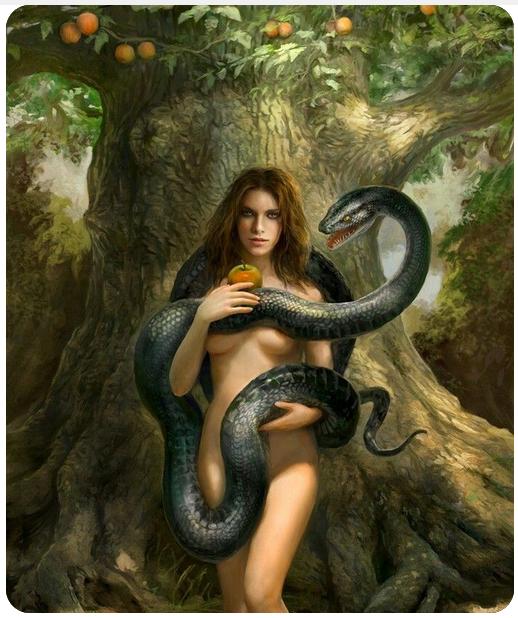
1997 - Painting by Karl Christensen
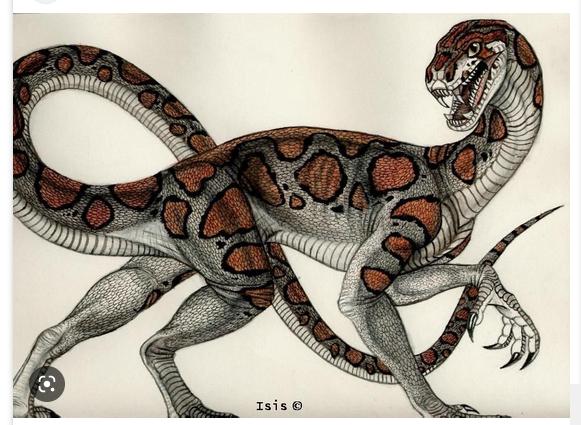
2004 - Daboia Russelii by Isis Masshiro on DeviantArt
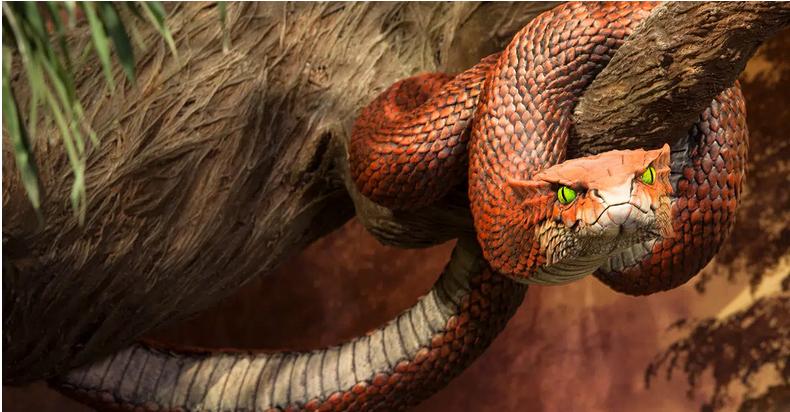
2007 - Serpent as it appears in the Bible Keyword book
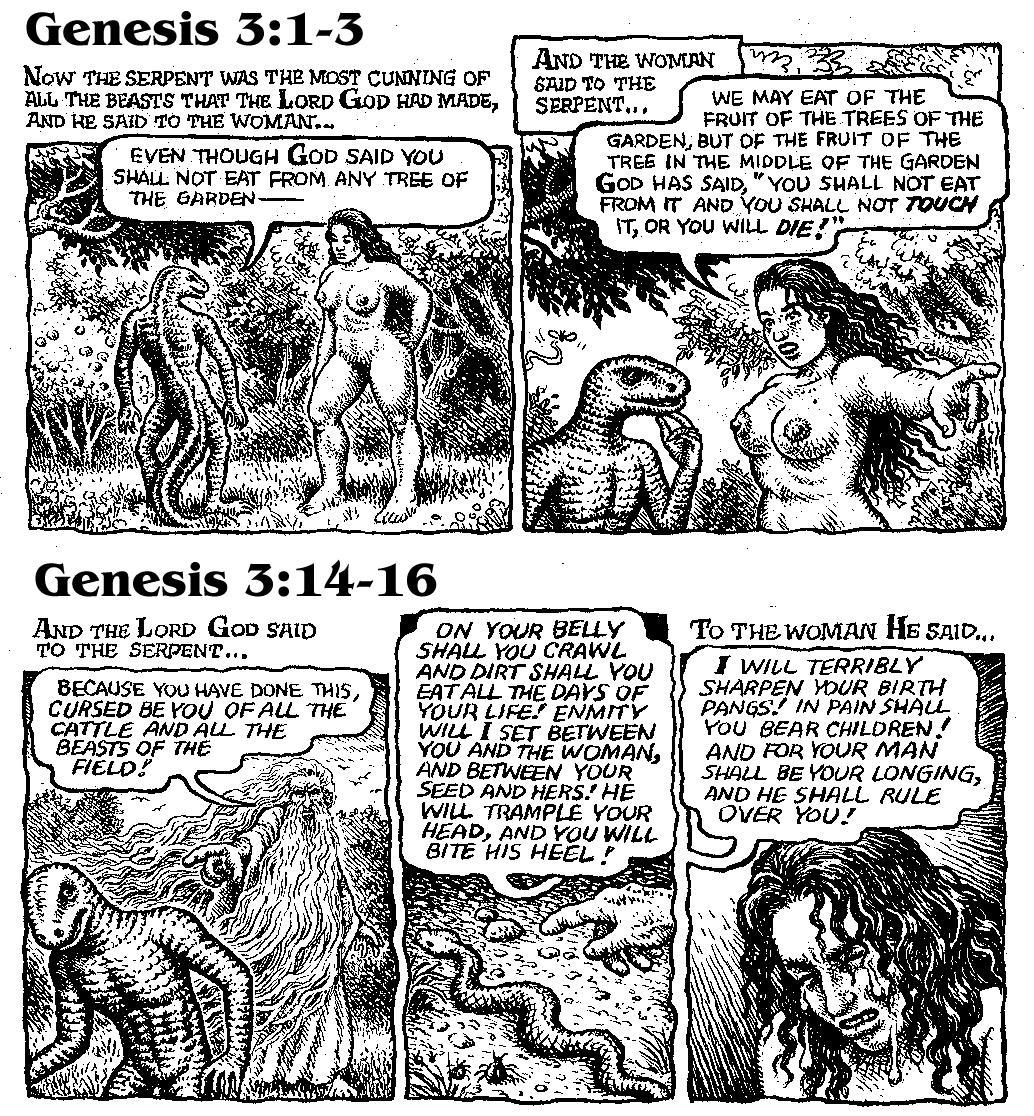
2009 - Book of Genesis by R Crumb
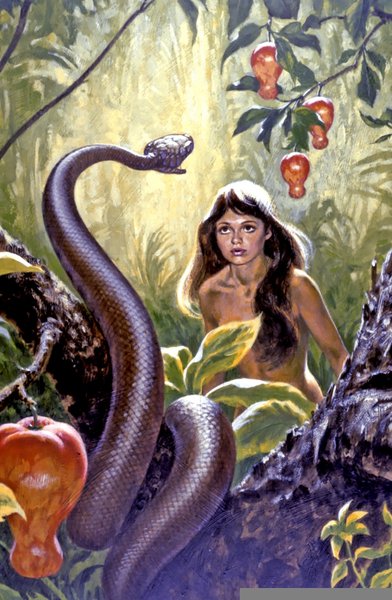
2010 - No information except date
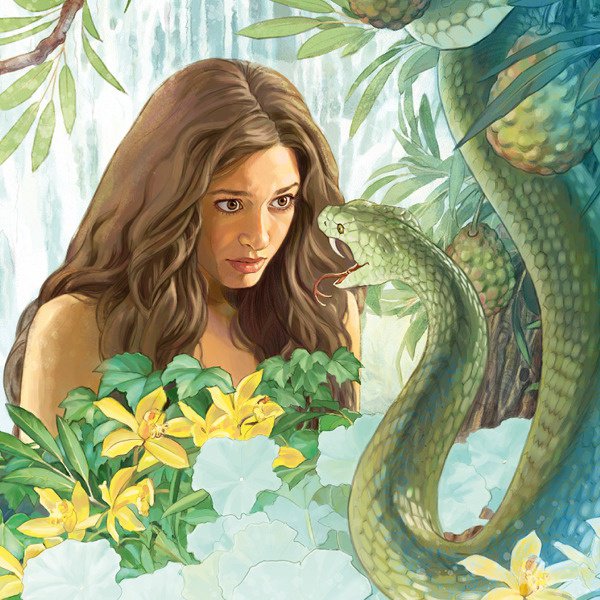
2013 - From The Watchtower published by Jehovah's Wittnesses
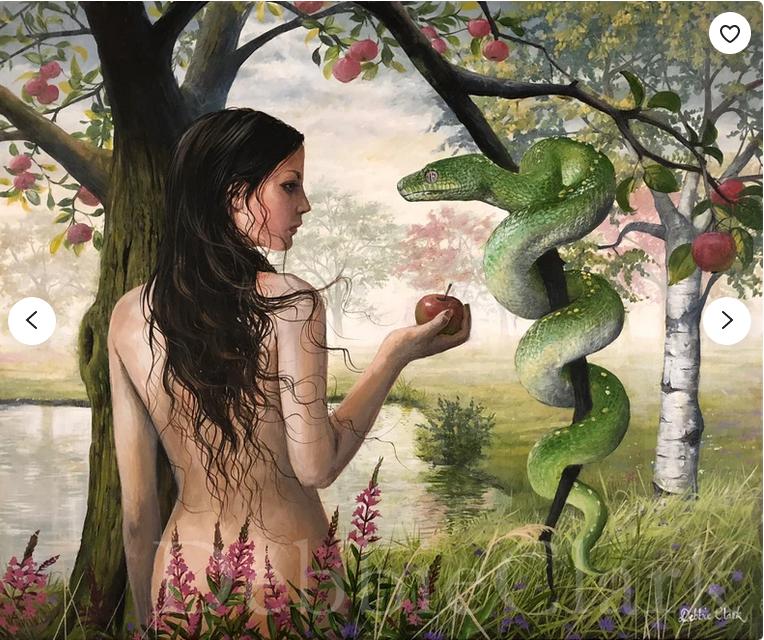
2014 - Christian Art by Debbie Clark
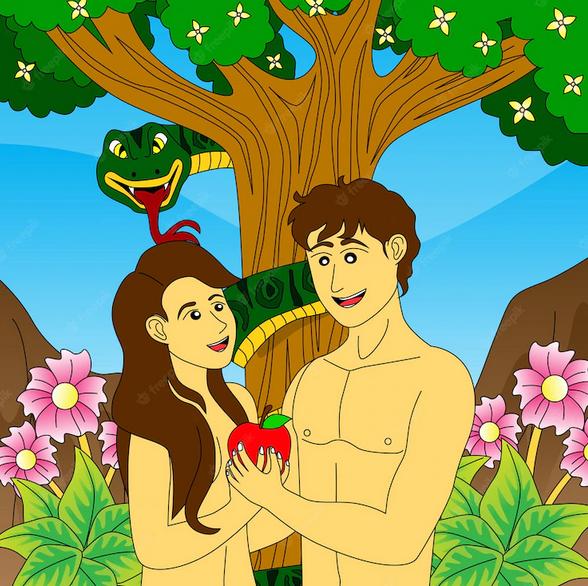
2015 - Cartoon by "danihippo" for Christain children's books.
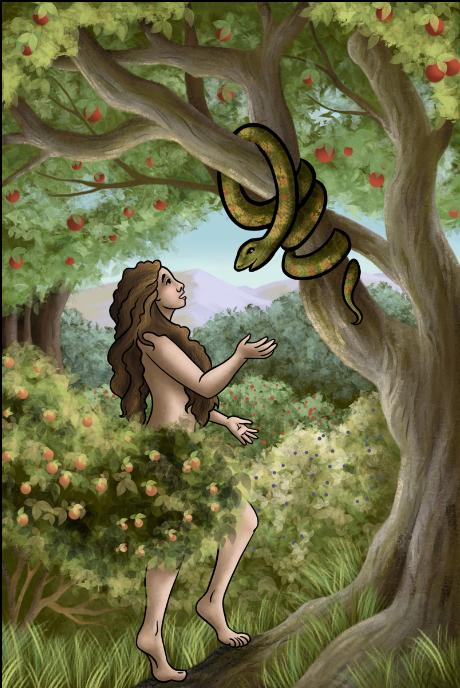
2016 - Illustration by Cathy Rowe for
"God's Old Testament Stories: For Children of All Ages."